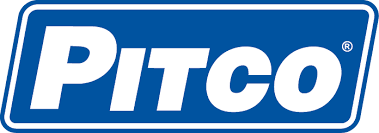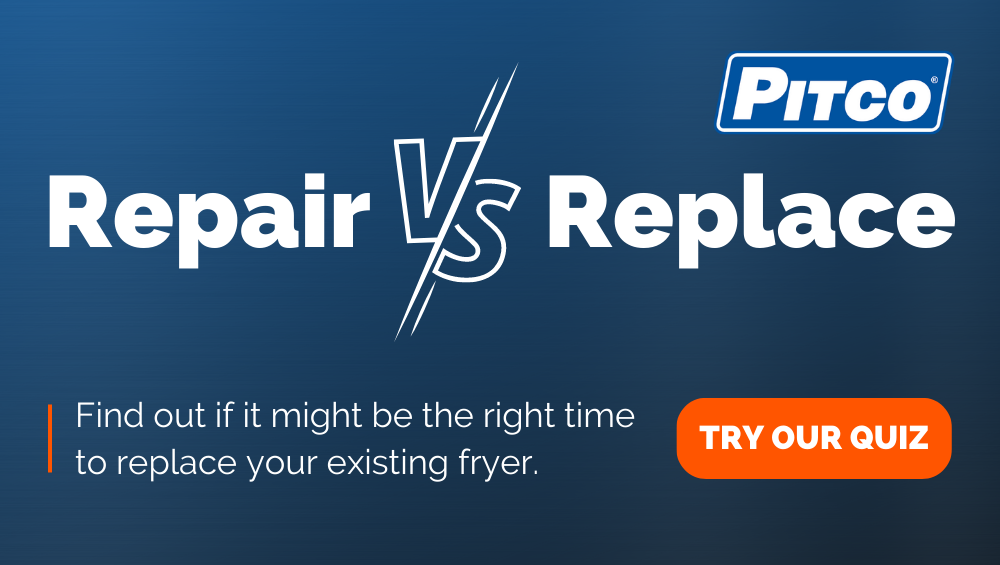Combating Inflation with Automated Fryer Solutions

Running a restaurant or foodservice operations can be one of the most expensive endeavors. Not only does foodservice provide one of the lowest profit margins in all of business, but today’s operating prices continue to rise. The cost of goods and ingredients is increasing. Energy costs fluctuate at best and are consistently increasing as a whole. And labor is also a big challenge.
New figures from the U.S. Department of Agriculture show that restaurant prices have increased 6%. Dealing with these increases while serving meals that customers will pay for is an economic challenge, forcing kitchens to rethink their operations completely. As prices go up and running costs increase, many restaurant owners and foodservice pros wonder: How can kitchens stay profitable without cutting corners on quality? The answer might be bubbling in front of them – in automated fryers.
Automated Fryers and Being More Productive
Meet an unsung hero of today’s kitchens: the automated fryer. Modern automated fryers have automated features that can significantly boost kitchen productivity and profits. The perks of these high-tech fryers are numerous. They provide exact temperature regulation while taking out the guesswork and delivering steady outcomes. Each serving of fries or crunchy chicken from the fryer is cooked just right. Smart cooking timers tweak frying times based on how much food is in the fryer, ensuring uniformity and reducing waste. Oil tracking systems monitor oil quality as it’s being used, letting cooks know when it’s time to change it out, thus keeping food tasty and making the most of the oil.
Studies show that automated fryers can cut labor costs by up to 30% while boosting food uniformity by 20%. This productivity boost marks a significant change in how kitchens run.
Maximizing Oil Life and Minimizing Waste
Filtering commercial kitchen oil can be a messy task that is often ignored and directly impacts a fryer’s performance. One of the most dreaded jobs in a restaurant, filtering cooking oil was a task no one in the kitchen would choose to do. It was time-consuming and could be a safety issue if the oil was not completely cooled down. Now, filtration automation technology has made this job much easier and safer, helping save on oil costs, waste, and labor.
Moving Smoothly to Better Fryers
Making the switch to automated fryer systems doesn’t have to be complicated. While staff will experience a slight learning curve, the ROI on transitioning to an automated system will be worth it.
Start by analyzing how the kitchen currently uses fryers. Are there enough units for all the fried dishes on the menu? Is the oil’s recovery time taking longer than usual? Is the fryer’s thermostat off, causing food to be over or undercooked? These are all signs that it’s time to purchase new equipment.
Once the new automated fryers are in place, train staff on all features, which helps with shift changes or when less labor is available. By upgrading to automated fryers, commercial kitchens are investing money to help save money and keep staff happy. Both of these factors help increase profits in the long run.
Time to replace or repair? Take our quick, free quiz to find out:
Topics
- Foods & Trends (91)
- Fryers (87)
- Oil (57)
- Fried Food (52)
- Filtration (32)
- See All Topics

